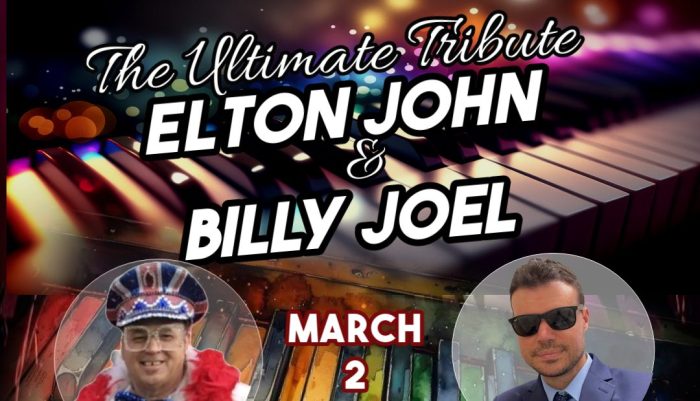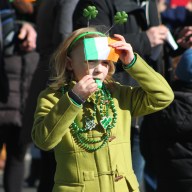In the first seven months of 2008, southern Queens has already seen more homicides than it did during all of 2007.
Forty-four murders have occurred so far in the area, with the latest two happening as recently as two weeks ago - compared to 43 for 2007, according to NYPD data.
“There are more guns on the street,” said Chief Thomas V. Dale, head of Patrol Borough Queens South, in response to why the murder rate is up in this area. But he said he is not sure where the weapons come from.
The greatest percentage change between last year’s number of murders and this year’s number has taken place in the 102nd and 100th Precincts - a 400 percent increase for both precincts, NYPD statistics reveal.
In the 102nd Precinct, which includes Kew Gardens, Richmond Hill, Woodhaven and the northern part of Ozone Park, there have been five murders this year, compared to one for all of last year, according to date from the NYPD’s CompStat.
The figures for the 100th Precinct are the same as those for the 102nd.
Another area where murders this year rose sharply compared to the same time last year is the 106th Precinct, which encompasses Howard Beach, south Richmond Hill, the portion of Ozone Park stretching from the south of 103rd Avenue to Jamaica Bay and half of South Ozone Park – the area stretching from the west of the Van Wyck Expressway to the Brooklyn border. The change is 150 percent - five murders this year versus two homicides at this point in 2007.
But the greatest number of south Queens homicides this year, 11, has occurred within the 113th Precinct, covering St. Albans, Hollis, Springfield Gardens, South Ozone Park, South Jamaica, Addisleigh Park and Locust Manor.
If homicides in south Queens maintain this pace, then the area could see numbers similar to or greater than those of 1998, when 57 murders took place in Patrol Borough Queens South.
To tackle the problem, more gun arrests need to be made and more weapons need to be turned in, Dale said.
He explained that people can surrender guns in exchange for cash, at least $100, at any police precinct in the city without being asked how they acquired them.
Councilmember Leroy Comrie, who represents communities in the southeastern part of Queens, attributed the murder spike in the southern part of the borough to the proliferation of guns, gangs and drugs among young people.
He recommends the investment of federal and state funds in city law enforcement due to the tough fiscal times.
Citizens need to be involved too, according to Reverend Floyd Flake, pastor at the Greater Allen A.M.E. Cathedral in Jamaica. “They must learn that if you don’t come forward [as a witness], you are likely to be the next victim,” he said.
Over the past few months, the southern half of the borough - particularly southeast Queens - has also been plagued by a wave of rapes, reportedly caused by a serial attacker on the loose.
The robbery, felony assault and grand larceny rates of south Queens have also increased slightly compared to last year, according CompStat data.
In the northern part of Queens, the murder rate is on the decline.






























